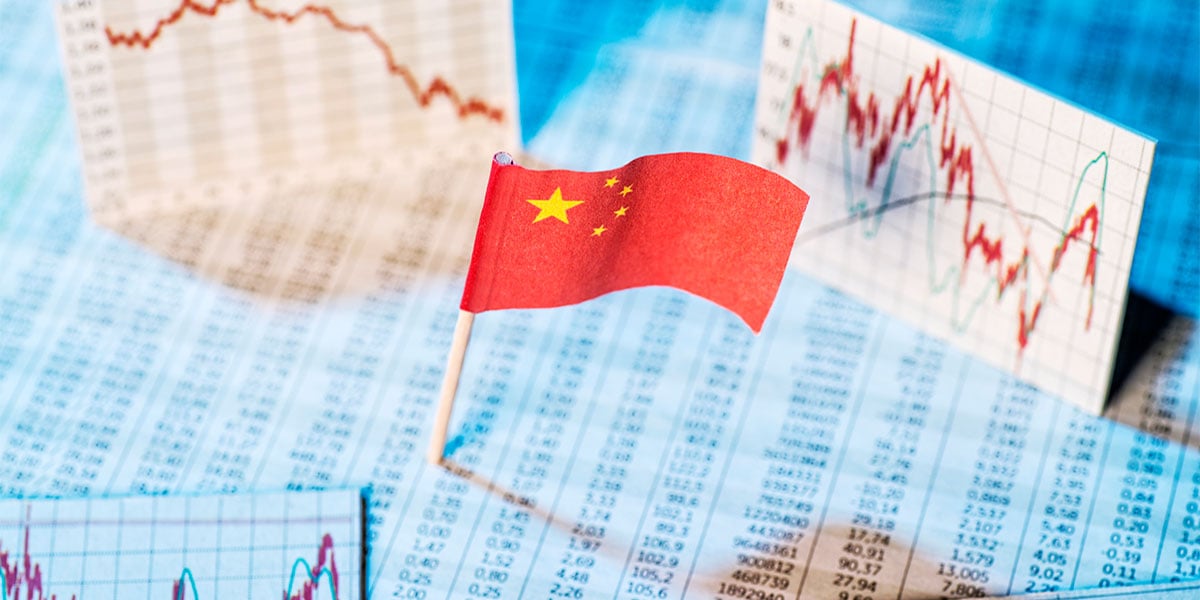Download the PDF

The terrible news of the outbreak of conflict between Israel and Hamas in the Gaza strip has dominated headlines this week. While commentators and world leaders have agonised over the crisis, global financial markets have taken the conflict in their stride. Usually, there are two channels via which middle east conflicts impact global financial markets. One is through flight to safe-haven assets. While there was some evidence of safe haven flows, particularly into US bonds, the move was muted, and equities have actually rallied since the weekend.
The other transmission channel is through oil prices. But after an initial rally, oil has retraced to be close to the pre-middle-east conflict levels. The key to any ongoing impact will be the extent to which the conflict destabilises the politics of the region. As we know, the conflict has erupted just as the US was making progress in normalising relations between the Saudis and the Israelis.
The Saudis are now in a very difficult position. They have to condemn Israel for retaliatory attacks on Gaza in order to maintain their standing among Arab states, but at the same time, they need to keep the diplomatic talks with Israel open to appease the US. On the Israeli side, their politicians will be forced into strong retaliatory action against Hamas in order to appease sentiment at home. If there were any optimists out there, who thought that the US might be successful in convincing the Arab world to accept the presence of Israel without a concession to an independent Palestinian State, those optimists must be now few and far between.
Also influencing the inflation outlook this week was the release of September US CPI report. The report showed that headline inflation stalled at an annual rate of 3.7% in September, 10 basis points (bps) higher than expectations. In contrast, core inflation continued its downward drift falling from 4.3% to 4.1%, in line with expectations. After a very muted initial market reaction, bonds resumed their sell off (fanned by a poor auction of 30-year Treasuries), just as it seemed that a raft of Fed speakers, striking a co-ordinated dovish tone, had successfully talked yields down.
However, as Fed officials had stated in their comments, high yields, if sustained, will do the work of tightening financial conditions for the Fed. And one of the channels by which higher yields lead to a tightening of financial conditions is through an undermining of risk asset valuations. And right on cue, we saw the rebound in yields on Thursday break the equity rally that was sparked by the Fed officials’ dovish policy pronouncements earlier in the week.
Finally, we had rumours emanating from China that authorities were poised to launch a one trillion yuan infrastructure program. Is this a reversion to the old China playbook of “stimulate out of a slowdown at any cost”? A playbook that we thought Chinese authorities had jettisoned in the post-Covid world. We should first put the proposed spend into context. While it seems an extraordinarily large number, one trillion yuan represents less than one percent of China GDP; hardly the size of stimulus associated with the usual China playbook.
During the GFC, we saw China spend 7% of GDP, during the 2015 slowdown we saw stimulus of about 3% of GDP. That changed during Covid, when the Chinese authorities rolled out a measly stimulus package of less than 1% followed by a very unusual (for China) contraction of government spending of 3% of GDP once authorities thought (erroneously) that the worst of Covid had passed. Our assessment is that China stimulus packages are designed to take the edge off what would otherwise be a very sharp slowdown, even a recession, but they are not rolling out the usual playbook of stimulate! stimulate! and be damned the cost.

